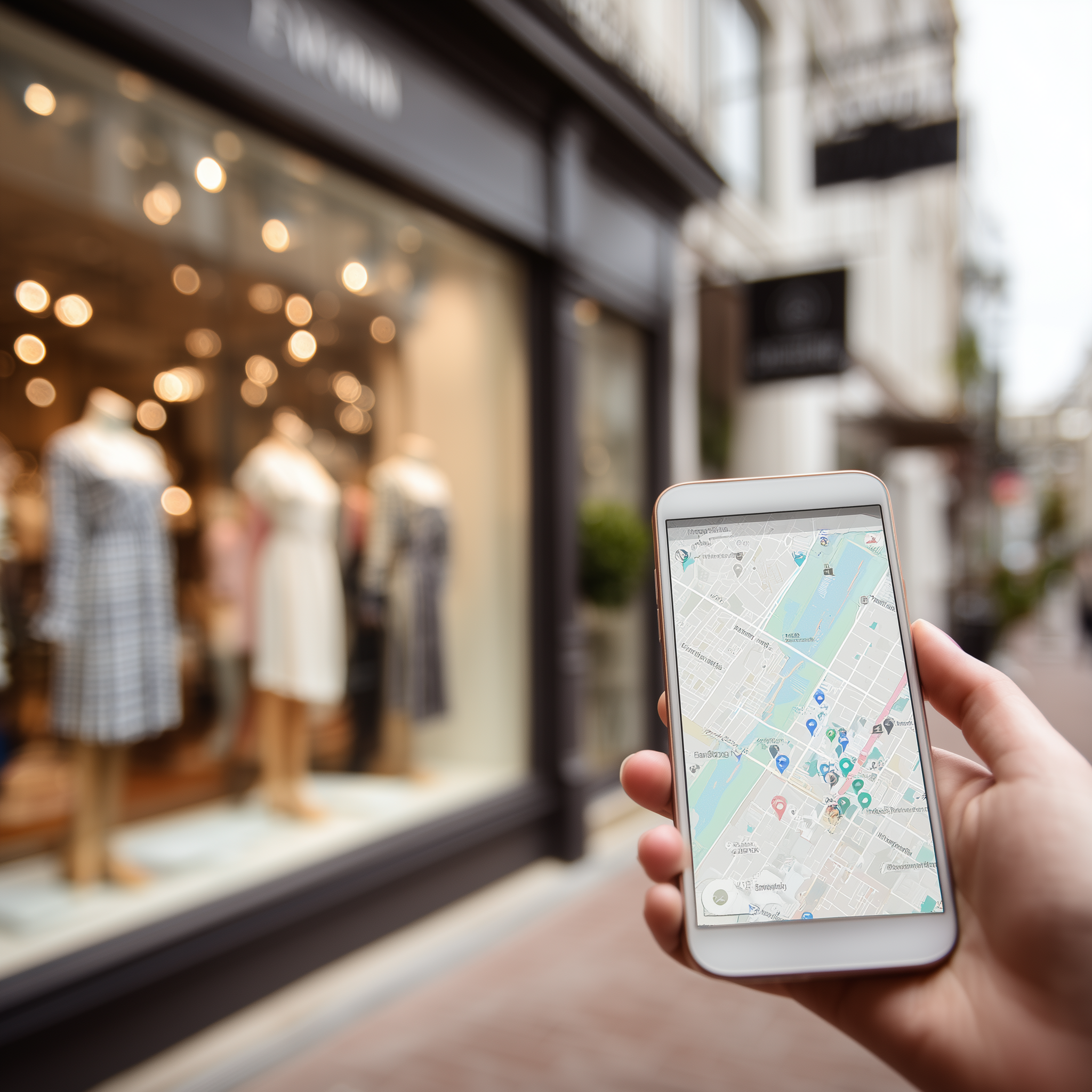Efficient marketing team collaboration is the backbone of any successful campaign. As the digital marketing landscape grows more complex, businesses are increasingly leveraging AI-powered tools to streamline workflows, improve communication, and drive results. For teams exploring solutions to enhance productivity and collaboration, Tactiq alternatives can be a great starting point. Let’s dive into how AI tools are reshaping marketing team collaboration and provide actionable strategies to harness their potential.
Why AI Tools Are a Game Changer for Marketing Teams
Modern marketing involves juggling multiple tasks, from content creation and SEO to analytics and client communication. Without the right tools, teams can find themselves overwhelmed by repetitive processes, scattered data, and misaligned goals. AI tools solve many of these challenges by:
- Automating mundane tasks like data entry, email scheduling, and social media posting.
- Providing actionable insights through predictive analytics and sentiment analysis.
- Facilitating real-time communication via AI-enhanced meeting transcription and summarization tools.
The result? Teams can focus on strategic, creative work that drives value while minimizing inefficiencies.
Key Benefits of AI in Marketing Collaboration
AI’s role in marketing collaboration extends far beyond automation. Here are the core benefits it offers:
1. Enhanced Communication and Transparency
Effective collaboration requires seamless communication. AI-powered platforms ensure that every team member stays informed and aligned, even in remote or hybrid setups. For example:
- Transcription tools like Otter.ai or Fireflies.ai transcribe meetings in real time, ensuring no critical point is missed.
- Sentiment analysis within email platforms can gauge team morale or the tone of communications.
- AI chatbots assist with instant messaging, organizing information, and automating responses to FAQs within the team.
2. Data-Driven Decision-Making
AI analyzes vast amounts of data quickly, delivering actionable insights that help marketers make informed decisions. Whether it’s analyzing customer behavior or predicting campaign outcomes, AI tools provide:
- Recommendations for optimizing campaigns.
- Insights into which strategies are delivering the best ROI.
- Suggestions for personalizing customer experiences.
3. Task Prioritization and Workflow Optimization
AI tools like Monday.com and Trello integrate machine learning to recommend task prioritization based on deadlines, dependencies, and team capacity. These tools:
- Reduce bottlenecks by optimizing workflows.
- Improve accountability through automated task tracking.
- Save time by delegating low-priority tasks to AI assistants.
4. Fostering Creativity
Contrary to the misconception that AI stifles creativity, it can actually enhance it by handling repetitive tasks. This allows team members to:
- Focus on brainstorming and creative problem-solving.
- Leverage AI tools like ChatGPT or Jasper to generate ideas or draft initial content.
- Use design AI tools like Canva or Adobe Sensei to create visually appealing assets quickly.
Practical Tips for Implementing AI in Marketing Collaboration
Adopting AI tools is only half the battle. To truly transform collaboration, teams need to integrate these tools strategically. Here’s how:
1. Identify Your Team’s Pain Points
Start by analyzing your team’s biggest challenges. Are there inefficiencies in communication? Is time wasted on repetitive tasks? AI tools work best when implemented to address specific problems.
2. Choose the Right Tools
Selecting tools that fit your team’s needs is critical. Some popular categories include:
- Communication tools: Slack, Microsoft Teams with AI add-ons.
- Project management platforms: Asana, Monday.com, Trello.
- Content creation tools: Grammarly, Canva, Copy.ai.
- Analytics platforms: Google Analytics with AI insights, HubSpot, or Salesforce.
3. Encourage Team Buy-In
Introducing new tools can sometimes face resistance. Encourage adoption by:
- Demonstrating how the tools save time and improve outcomes.
- Offering training sessions to ensure everyone understands how to use them.
- Highlighting success stories within the team or from other businesses.
4. Integrate Tools for Seamless Workflows
Ensure the tools you adopt integrate with existing systems. For example, many AI platforms can connect to CRMs, email marketing software, and task management tools, creating a unified ecosystem.
5. Monitor and Iterate
Finally, regularly evaluate the effectiveness of the AI tools you’ve implemented. Use feedback from the team to refine processes, upgrade tools, or adopt new solutions as needed.
Examples of AI Tools Driving Collaboration Success
To better illustrate how AI tools are transforming marketing collaboration, consider these real-world examples:
1. Dropbox Dash
Dropbox’s AI-powered search assistant, Dash, helps teams quickly locate files, reducing the time spent digging through folders. By improving accessibility, teams can stay on track without interruptions.
2. Jasper for Content Ideation
Jasper’s AI writing assistant enables teams to generate blog outlines, social media captions, and even full drafts in minutes. This tool is a game-changer for marketers working on tight deadlines.
3. ClickUp for Workflow Automation
ClickUp uses AI to automate recurring tasks like progress reporting, freeing up time for creative efforts. The tool’s customizable dashboards keep everyone aligned on goals and timelines.
4. HubSpot’s AI-Powered CRM
HubSpot leverages AI for predictive lead scoring, helping sales and marketing teams prioritize outreach efforts. Its integration with email and social media platforms further streamlines campaign execution.
5. BlueDot
BlueDot emerges as a leading option among alternatives to Tactiq. It not only records audio and video but also furnishes actionable insights from meetings. Its superior transcription quality, intuitive interface, and features like speaker identification, screen recording, and video hosting make it a versatile tool. Teams can leverage Bluedot to record customer calls, quickly access key points, share excerpts, and create tailored summaries, streamlining operations and boosting alignment.
A Quick Comparison of Top AI Tools
To guide your selection process, here’s a brief comparison of popular AI tools across categories:
| Tool | Primary Function | Best For |
| Slack + AI | Communication and collaboration | Remote or hybrid teams |
| Asana + AI | Project management | Task tracking and prioritization |
| Canva | Design and content creation | Quick asset development |
| Jasper | Content generation | Writing blogs and captions |
| HubSpot | Analytics and CRM | Lead management |
This table summarizes how each tool supports marketing teams in different aspects of collaboration.
Conclusion
AI tools are revolutionizing the way marketing teams collaborate, offering unparalleled efficiency, transparency, and creativity. By automating routine tasks, providing actionable insights, and enhancing communication, these tools empower teams to focus on what matters most: crafting impactful campaigns. From exploring Tactiq and BlueDot to integrating AI-powered platforms like Jasper or HubSpot, there’s no shortage of options to optimize workflows.
As you consider implementing AI tools, remember to tailor your approach to your team’s unique needs. The right combination of tools and strategies can transform collaboration, ultimately driving better results and stronger team cohesion.








